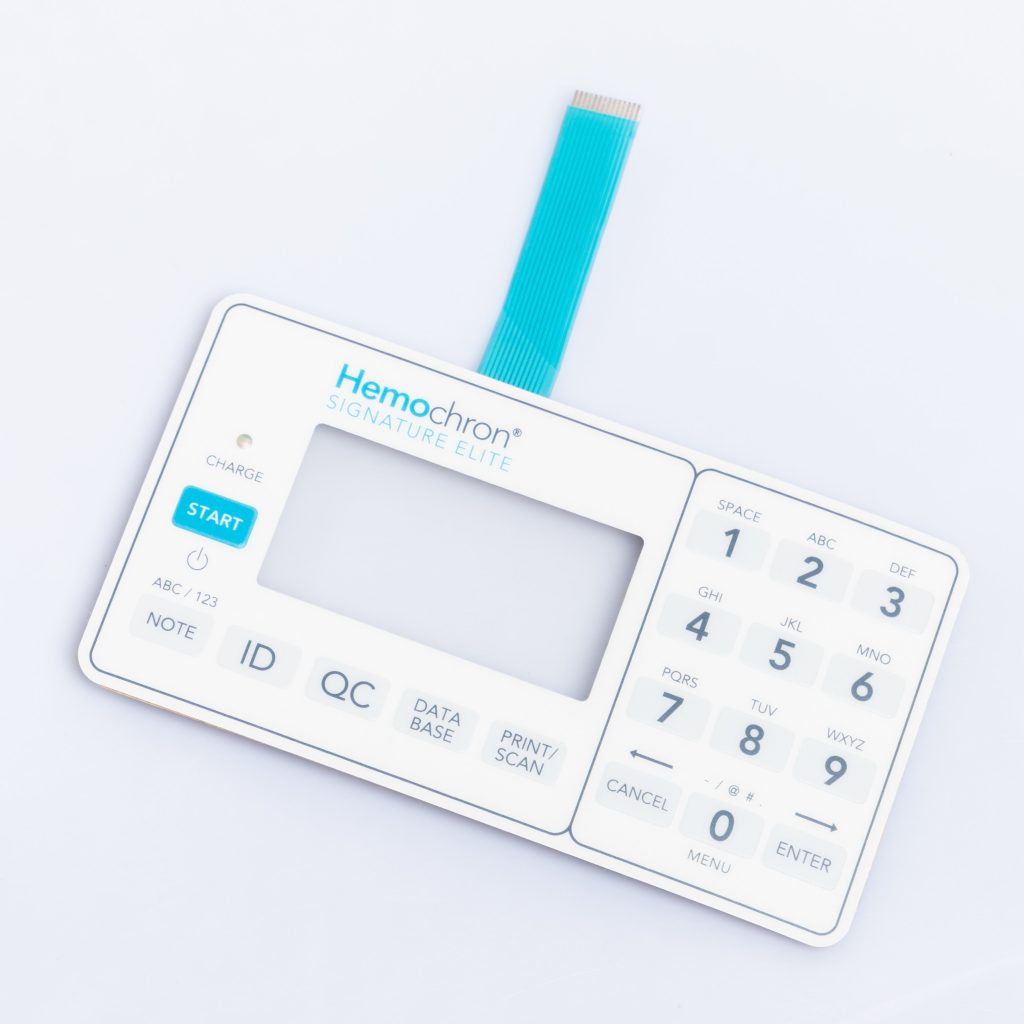Contact
Write to Us And We Would Be Happy to Advise You.
Do you have any questions, or would you like to speak directly with a representative?
By hqt
Introduction to Membrane Switch Customization Membrane switches, known for their reliability and versatility, have become indispensable in modern electronics. From medical devices to industrial machinery, their customization offers unmatched flexibility to meet specific user requirements. Understanding the importance of tailored design ensures not only functionality but also user satisfaction.



Understanding Membrane Switches At their core, membrane switches are simple yet sophisticated devices, comprising several key components such as the overlay, dome switches, and printed circuit. Each type, whether tactile or non-tactile, serves distinct applications, highlighting the importance of choosing the right one for your project.
Design Considerations Designing a membrane switch is an intricate process. It involves careful consideration of the user interface to ensure ease of use and intuitive operation. Aesthetics and durability are also critical, as they directly impact the product’s market success and longevity.
Material Selection The choice of materials, from polyester to polycarbonate and various adhesives, significantly affects the switch’s performance. Each material offers unique benefits, making the selection a crucial step in the customization process.
Electrical Considerations Electrical design, including circuit layout and contact resistance, is fundamental to ensuring reliable switch operation. Proper planning in this phase can prevent performance issues and extend the product’s lifespan.
Environmental Factors Membrane switches must often withstand harsh conditions. Designers must account for factors such as temperature and moisture to maintain functionality across diverse environments.
Aesthetic Customization The visual aspects of a membrane switch, including color and graphic overlays, play a significant role in user experience. Customizing these elements can enhance brand identity and product appeal.
Tactile Feedback Tactile feedback is a key feature for many users, offering physical confirmation of keypresses. The choice between dome switches and non-tactile options affects both the user experience and device functionality.
Lighting Solutions Incorporating lighting, such as LED backlighting or fiber optics, can improve usability and aesthetics. Each lighting technique offers distinct advantages, depending on the application.
Prototyping and Testing Before final production, prototyping and rigorous testing are essential to identify and rectify potential issues. This stage is crucial for ensuring the switch meets all performance and durability requirements.
Compliance and Standards Adhering to industry standards and obtaining necessary certifications is vital for market acceptance. These guidelines help ensure safety, reliability, and compatibility.
Choosing a Manufacturer Selecting a manufacturer with the right expertise and customization capabilities is crucial. Their ability to meet your specific needs can greatly influence the project’s success.
Cost Consideration Understanding the cost drivers and effectively budgeting for membrane switch customization can prevent unexpected expenses and ensure project viability.
Case Studies Examining successful projects and lessons learned can provide valuable insights into the membrane switch customization process, offering guidance for future endeavors.
Do you have any questions, or would you like to speak directly with a representative?